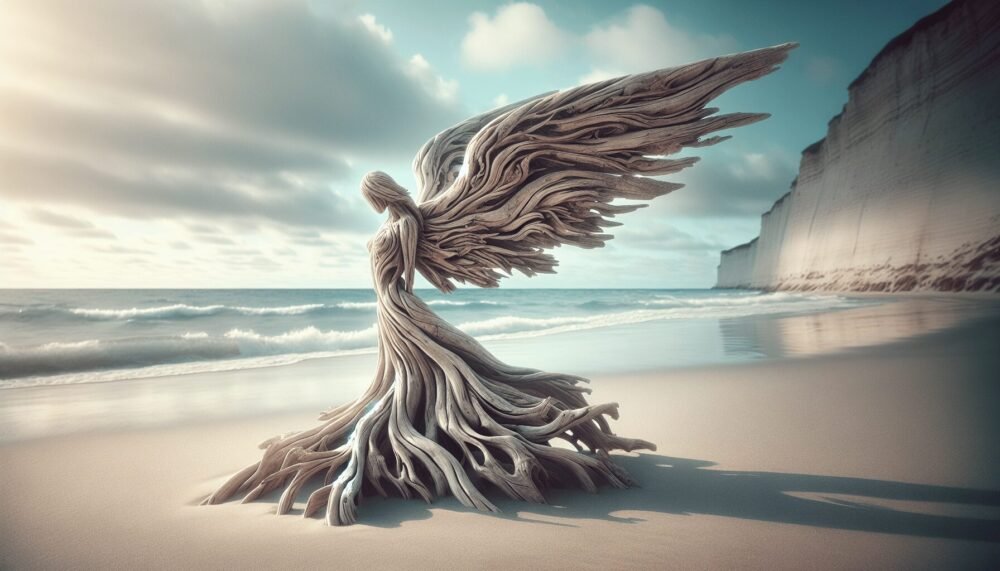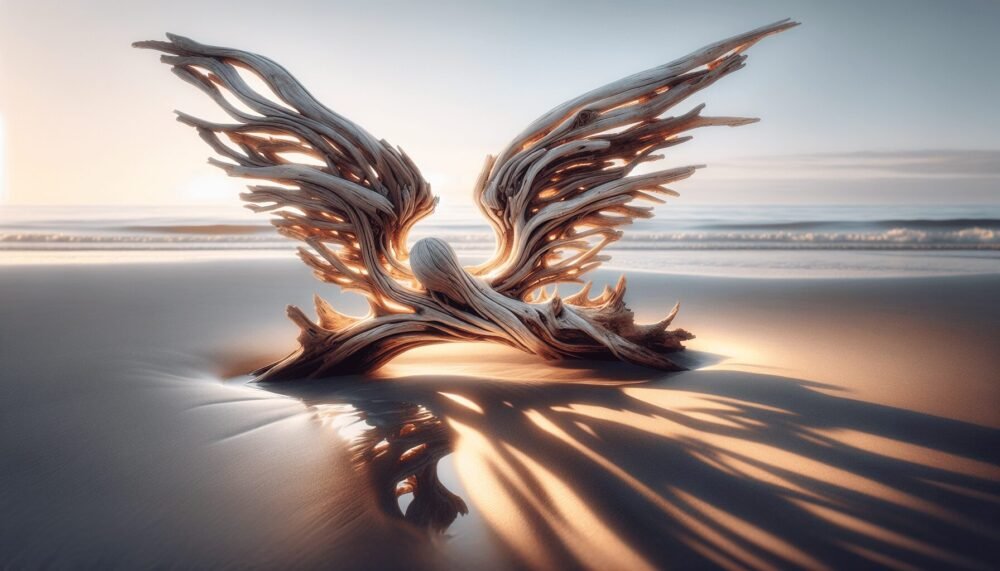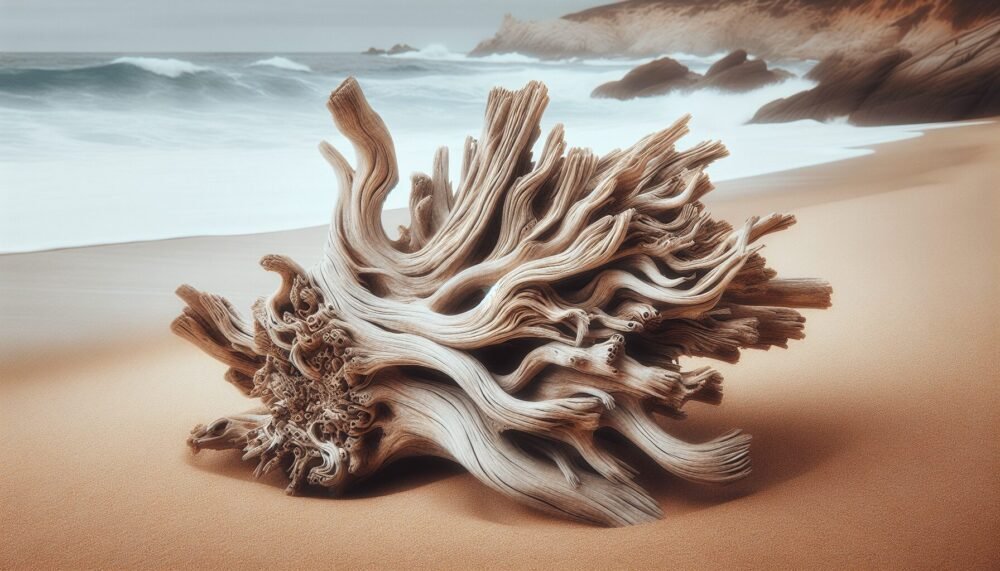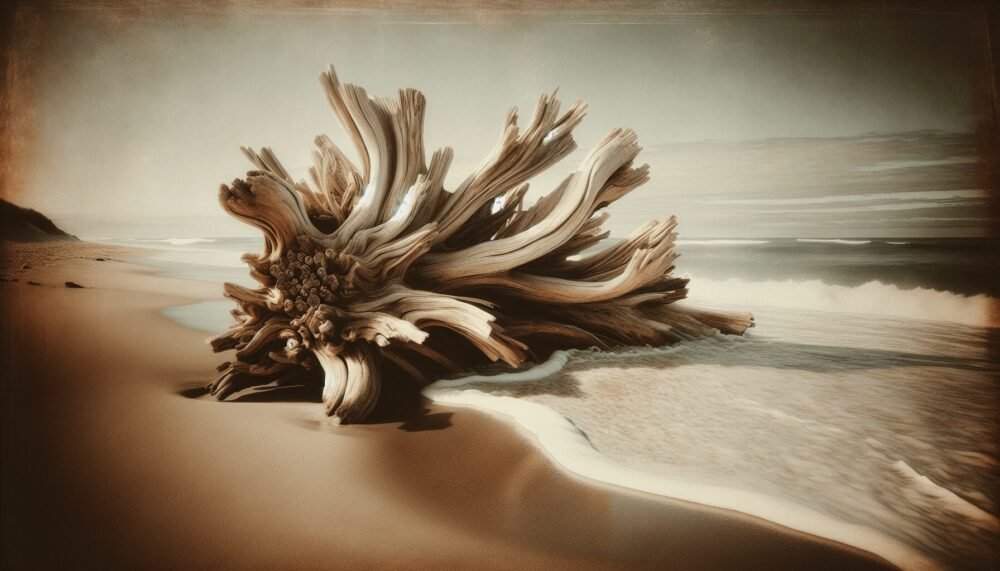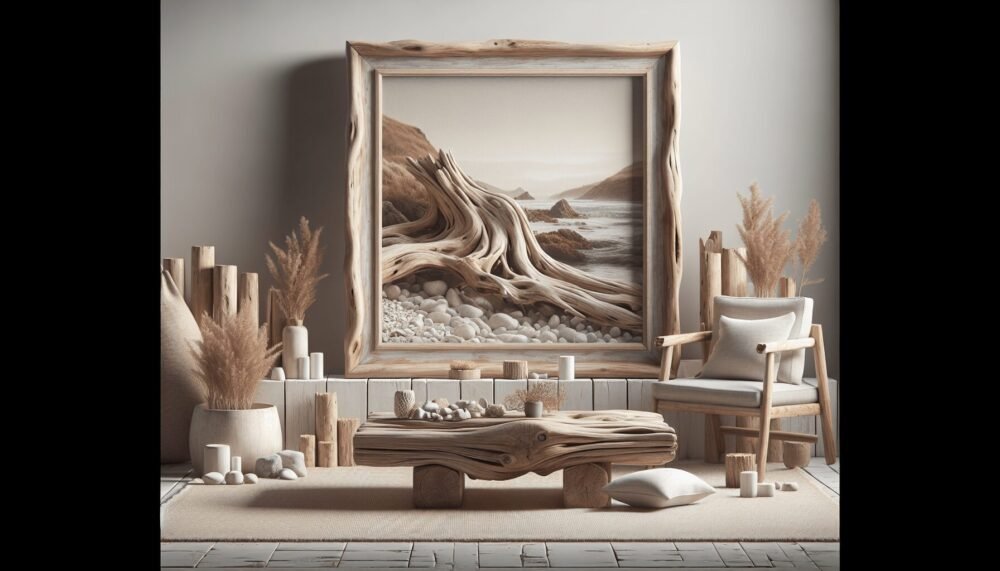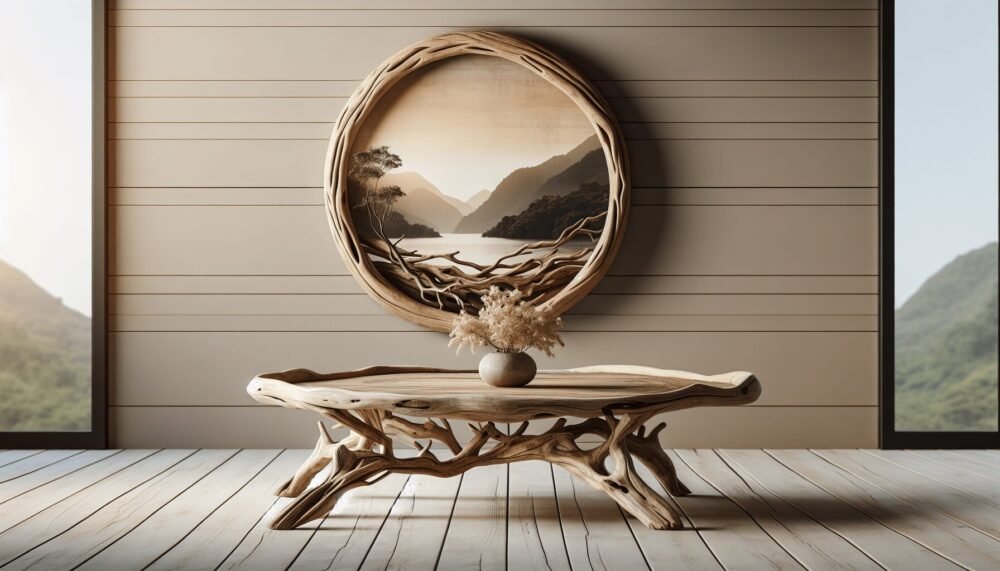You’re about to discover the charm of creating your very own Driftwood Birdhouse. In this article, you’ll learn how to transform found pieces of driftwood into a unique and inviting haven for birds. Not only is this craft project a fantastic way to recycle natural materials, but it also adds a touch of rustic beauty to your outdoor space. Whether you’re an experienced DIY enthusiast or trying your hand at crafting for the first time, you’ll find that building a driftwood birdhouse is both fun and rewarding. So, gather your supplies, let your creativity flow, and prepare to welcome some feathered friends into your backyard. Ever thought about adding a touch of coastal charm to your garden or backyard? Building a driftwood birdhouse is a fantastic way to introduce a bit of seaside magic into your outdoor space. Don’t worry if you’ve never built anything before – this guide will walk you through the process step-by-step.

What is Driftwood?
Driftwood refers to wood that has been washed onto the shore by tides, waves, or winds. This weathered wood has a unique texture and appearance, which makes it perfect for DIY projects, especially birdhouses.
Understanding Driftwood Characteristics
Driftwood tends to be lightweight and has a seasoned patina that you won’t find in freshly cut wood. The natural wear and tear give it a rustic, organic look that birds and nature enthusiasts love.
Benefits of Using Driftwood
Using driftwood for your birdhouse not only creates an aesthetically pleasing structure but also promotes recycling and sustainability. By repurposing materials found along the shore, you’re giving new life to what could have been waste.
Tools and Materials
Before you begin, gather your tools and materials. Having everything on hand will make the process smoother and more enjoyable.
Required Tools
Here’s a list of tools you might need:
| Tool | Purpose |
|---|---|
| Saw (hand or electric) | Cutting driftwood to size |
| Drill | Making holes for screws and bird entrance |
| Screwdriver | Assembling the birdhouse |
| Sandpaper | Smoothing rough edges |
| Measuring tape | Accurate measurements |
| Pencil | Marking wood before cutting |
Materials Needed
You’ll need the following materials:
| Material | Quantity |
|---|---|
| Driftwood pieces | Varies depending on the size of the birdhouse |
| Screws or nails | Enough to assemble the birdhouse |
| Wood glue | For added stability |
| Birdhouse accessories | Hooks, perches, and waterproof sealant |
Designing Your Driftwood Birdhouse
The design of your birdhouse can be as simple or intricate as you wish. The unique shapes and sizes of driftwood pieces provide endless design possibilities.
Choosing the Right Driftwood
When selecting driftwood pieces, consider their size, shape, and stability. Ensure the wood pieces are free from any harmful chemicals or nails that could be dangerous for birds.
Basic Design Ideas
Start with simple designs such as:
- Traditional Box Design: A basic rectangle with an entrance hole.
- A-Frame Design: Two pieces of driftwood forming a triangular roof.
- Creative Shapes: Use driftwood to create birdhouses in various whimsical shapes.
Sketching Your Design
Sketch a rough design on paper, including measurements of each piece. This will help you visualize the final product and make the assembly process easier.
Building the Birdhouse
Now that you have your design ready, let’s get down to building!
Cutting the Driftwood
Cut the driftwood pieces according to your sketch. Use a saw for this step and sand the edges to smooth out any splinters.
Assembling the Base
Start by assembling the base of your birdhouse. Ensure that the base is sturdy as it will support the weight of the remaining structure.
- Lay Out the Pieces: Arrange the base pieces on a flat surface.
- Glue and Screw: Apply wood glue along the edges and screw or nail the pieces together.
Constructing the Walls
Attach the walls to the base. Each wall should be securely fastened to both the base and adjacent walls.
- Attach Two Opposing Walls First: This will provide stability as you continue to build.
- Secure the Remaining Walls: Ensure all corners are tightly joined.
Adding the Roof
Now, it’s time to add the roof. This can be a simple flat roof or an A-frame, depending on your design.
- Align the Roof Pieces: Make sure they fit well together.
- Secure the Roof: Use screws or nails, and add wood glue for extra stability.
Creating the Entrance Hole
Drill a hole in one of the walls to serve as the entrance. The size of the hole will depend on the type of birds you wish to attract.
- Mark the Spot: Use a pencil to mark where you will drill.
- Drill Carefully: Make sure the hole is smooth and free of splinters.

Finishing Touches
Your birdhouse is nearly complete! Here are some final touches to make it perfect.
Smoothing and Finishing Edges
Use sandpaper to smooth out any rough edges. This will make the birdhouse safe for the birds and give it a professional finish.
Adding Perches and Hooks
Add a small perch below the entrance hole to give birds a place to land. You can also add hooks to the roof for easy hanging.
Waterproofing
Apply a waterproof sealant to protect your birdhouse from the elements. Driftwood is already weathered but adding an extra layer of protection is always a good idea.
Placing Your Birdhouse
Choosing the right location for your birdhouse is crucial for attracting birds.
Ideal Locations
- Quiet Areas: Birds prefer locations that are not too noisy or busy.
- Height: Place the birdhouse at a safe height to protect from predators.
- Shelter: Find a spot sheltered from strong winds and direct sunlight.
Mounting Options
You can mount your birdhouse in various ways:
- Hooks: Hang it from a tree or a dedicated birdhouse pole.
- Posts: Attach it to a post secured in the ground.
- Suction Cups: Stick it to a window if you want an up-close view of your bird guests.
Maintaining Your Birdhouse
Regular maintenance ensures your birdhouse remains a safe and attractive home.
Cleaning
Clean the birdhouse at the end of each breeding season to prevent pests and diseases.
- Open Access: If possible, design your birdhouse with a hinged side or roof for easy cleaning.
- Remove Debris: Clear out old nests and any debris.
Inspect for Damage
Periodically check your birdhouse for damage. Repair any broken parts immediately to keep it safe.
- Check Joints and Screws: Ensure everything is still securely fastened.
- Look for Rot: Replace any pieces that show signs of severe wear or rot.
Attracting Birds
To get birds to settle in your driftwood birdhouse, consider these tips.
Bird Feeders and Water Sources
Place bird feeders and water sources nearby. Birds are more likely to nest in areas where they can easily find food and water.
Native Plants
Planting native vegetation can attract birds. These plants provide additional food and shelter.
Avoid Pesticides
Using pesticides can harm birds. Opt for natural pest control methods to keep your garden bird-friendly.
Common Issues and Solutions
Here are some common issues you may encounter and how to fix them.
No Birds Visiting
If birds aren’t visiting your birdhouse, consider these possibilities:
- Location: Move it to a quieter or more sheltered spot.
- Entrance Size: Make sure the entrance hole is the right size for the birds you want to attract.
- Too Close to Humans: Birds may avoid areas with too much human activity.
Pests
Pests can be a problem. Keep them at bay with these tips:
- Regular Cleaning: Clean out the birdhouse regularly to deter insects.
- Ant Traps: Place ant traps nearby but out of birds’ reach.
Sharing Your Driftwood Birdhouse
Show off your handiwork by sharing your driftwood birdhouse with friends and family.
Social Media
Post photos on social media platforms like Instagram or Facebook to inspire others. Use hashtags related to birdhouses and DIY projects.
Community Events
Consider participating in local craft fairs or community events. You might even find a market for selling driftwood birdhouses!
Conclusion
Building a driftwood birdhouse is a rewarding project that combines creativity, sustainability, and a love for nature. With just a few tools and materials, you can create a beautiful home for your feathered friends, all while adding a unique touch to your outdoor space. So why wait? Gather some driftwood and start building today!
Feel free to revisit your sketch, adapt as you go, and most importantly, have fun with the process. Your new feathered neighbors will thank you for the cozy and charming new home!
